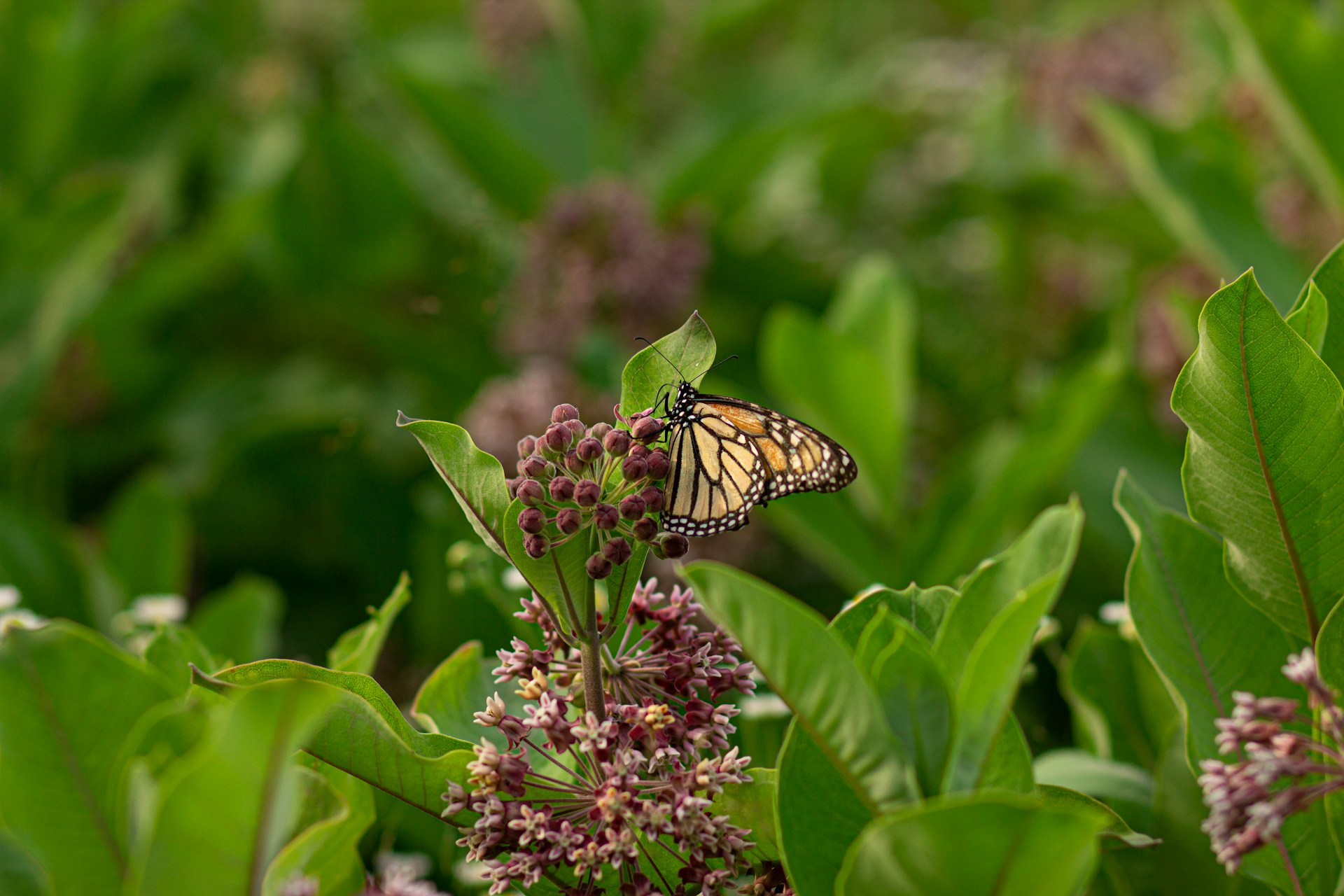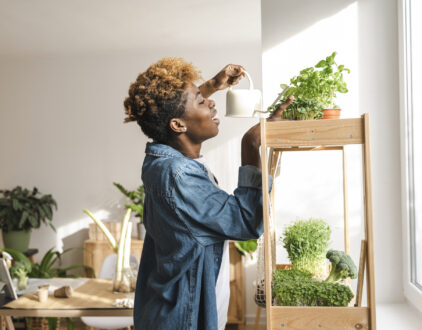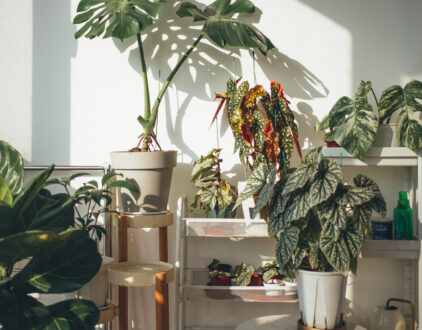More than 100 million people in the U.S. deal with allergies each year. Common examples include seasonal allergies, eczema and food allergies. And while Black people are more likely to fight through food allergies than any other racial group, 24% of Black non-Hispanics deal with seasonal allergies too. Pollen is what this group dreads most from spring all the way into November. Butterfly tattoos may be cute, but the actual insect is not so cute in allergy-ridden people’s gardens. Why? Butterflies (along with bees and birds) all pollinate flowers and fruit.
And with those high-pollination days come the nose blowing, sneezing, watery eyes and sinus headaches. While gardeners absolutely need their fruits and flowers to be pollinated by nature, people with allergies have to find a happy medium to get plants for butterflies to help grow without it becoming a source of frustration at home.

Why Do We Need Butterflies?
Even if you don’t care about the eye-catching aesthetics of butterflies, they are essential for gardens. Attracted to bright flowers, they feed on nectar from fruits, vegetables and flowers. Then, they produce new seeds. Plants are dependent on butterflies and bees to grow and survive. They’re also a flying alarm for how healthy the ecosystem is and how climate change is affecting us. Unfortunately, they’re delicious to birds, lizards, mice and spiders so you’ll have to watch for all of the above. Birds, along with bats, also eat caterpillars. For this reason, keep the bird feeders away from the kind of plants and fruits that butterflies gravitate toward.
Which Plants Attract Butterflies?
Butterflies go where food sources go. In order to bring butterflies into your garden, you’ll need flowers with nectar (for adults). Examples include asters, coneflowers, goldenrods, ironweeds and Joe-Pye weed. For “host” plants, which caterpillars are attracted to, try asters (again), along with dills and milkweeds. According to the Almanac, monarch caterpillars only eat milkweed and are nicknamed “milkweed butterflies.” Other common plants that get a butterfly’s attention are black cherry plants, blueberry bushes, lavender plants, lilac plants, mint plants, sage plants, snapdragons and tulip trees.
Which Fruits Attract Butterflies?
If you want to get butterflies to come sooner, you may want to look in your compost bin. Those overripe bananas that you were getting ready to throw away bring butterflies to the yard quicker than Kelis. Two to three overripe strawberries or overripe cantaloupe melons, along with rotting peaches, apples and mangos, will do the same. Additionally, rotting oranges, lemons and limes are go-to food sources for butterflies.
Keeping Butterflies Near But Pests Away
The problem with trying to grow plants for butterflies to come to your garden is the nectar they love also attracts pests, including fruit flies, codling moths, leaf-footed bugs, thrips, apple maggots and brown rots. And cockroaches love to eat rotting fruit (and dead insects) too. One of the easiest ways to keep the butterflies without their unwanted housemates is to use pollinator-safe pesticides like horticultural oil. Avoid using sprays like garlic oil and garlic powder that turn off both pests (ex. ants, beetles, fleas, flies, mosquitoes, slugs, snails) and butterflies (ex. cabbage white butterflies).
Happy Medium for Seasonal Allergies and Butterfly-Loving Gardeners
So now that homeowners with gardens know how to keep butterflies around, there’s still the matter of allergies. What’s the happy medium? In addition to prioritizing allergy-friendly plants, wear protective gear (masks, gardening goggles) and tend to the garden regularly during late afternoons when pollen is lower. Handwashing and showering after gardening is highly recommended, and definitely avoid touching hair and skin after working within a garden. If the dog goes in the yard, make sure to wipe the pup’s paws and fur down before any petting or couch napping happen. By following these tips, even the sneezy, watery-eyed green-thumbers can have a pretty garden and tolerate those high-pollen days.
popular posts
Spaces
Whether it’s luxury or ease, every area of your home should be as fabulous and unique as you.

Give Your Yard a Glow Up for Spring + Tips from a Pro!
by Melody Beuzelin | March 15, 2023
FOLLOW ALONG ON INSTAGRAM
#homeandtexture
Find us on social for more home inspiration where culture, personal style, and sophisticated shopping intersect to help you create a home where you love to live.







